Home>Maintenance & Safety>Pest Control Solutions>How Long Does It Take Yellow Jackets To Build A Nest
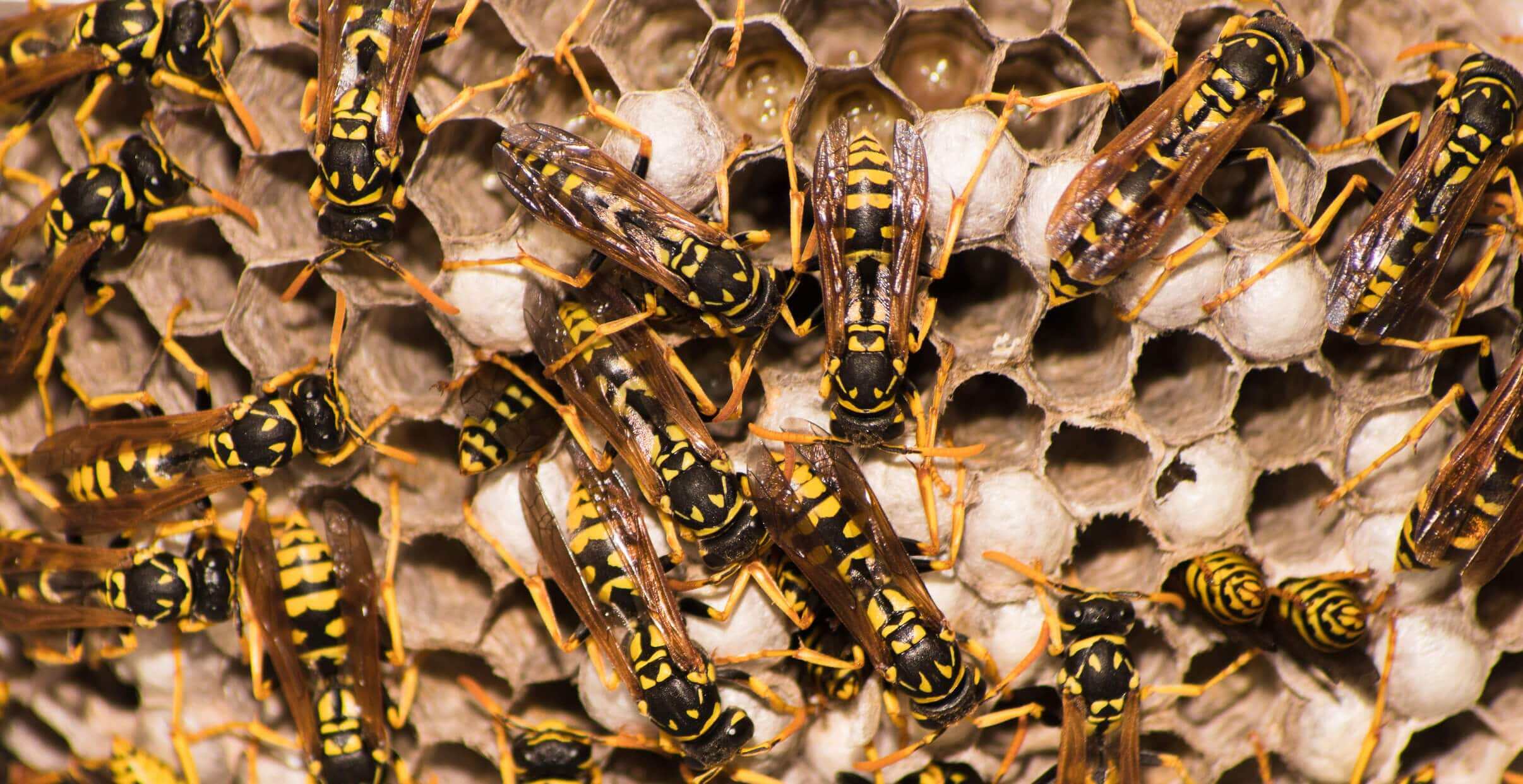

Pest Control Solutions
How Long Does It Take Yellow Jackets To Build A Nest
Modified: March 2, 2024
Looking for pest control solutions? Learn how long it takes yellow jackets to build a nest and find effective ways to manage these pests. Contact us for expert advice!
(Many of the links in this article redirect to a specific reviewed product. Your purchase of these products through affiliate links helps to generate commission for Storables.com, at no extra cost. Learn more)
Introduction
Yellow jackets are a common sight during the warmer months, buzzing around gardens, picnics, and outdoor events. These aggressive insects are known for their painful stings and their ability to build nests in various locations, including underground, in wall voids, and in trees. Understanding the nest-building process of yellow jackets is crucial for effective pest control and management.
The construction of a yellow jacket nest is a fascinating and intricate process that begins with the selection of a suitable location. Once a site is chosen, the yellow jackets diligently work together to build a complex structure that serves as their home and breeding ground. The time it takes for yellow jackets to complete this construction varies depending on several factors, including the species of yellow jacket, environmental conditions, and available resources.
In this article, we will delve into the details of the yellow jacket nest-building process, explore the factors that influence the time it takes for them to construct a nest, and gain a deeper understanding of these remarkable insects. By shedding light on this aspect of yellow jacket behavior, we can develop a better appreciation for their role in the ecosystem and learn how to coexist with them more harmoniously.
Key Takeaways:
- Yellow jackets build nests by chewing wood fibers and mixing them with saliva to create a papery substance. The time it takes to build a nest varies due to factors like species, environmental conditions, and colony size.
- Factors such as species variation, environmental conditions, colony size, resource availability, and disturbances influence the time it takes for yellow jackets to build a nest. Understanding these factors is crucial for effective pest control and management.
Read more: How Many Yellow Jackets In A Nest
Yellow Jackets Nest Building Process
Yellow jackets, belonging to the Vespula and Dolichovespula genera, are known for their remarkable nest-building abilities. The process of constructing a yellow jacket nest is a testament to their collective effort and architectural prowess. It begins with the queen, who emerges from hibernation in the spring and embarks on the crucial task of establishing a new colony.
Queen's Role
The queen, having survived the winter, seeks out a suitable nesting site, often in the ground, a hollow tree, or a man-made structure. Once she identifies a location, she initiates the construction process by laying the foundation for the nest. This involves chewing wood fibers and mixing them with saliva to create a papery substance, which she then uses to fashion the first cells of the nest.
Nest Structure
As the first batch of eggs hatch into larvae, the queen continues to expand the nest, adding more cells to accommodate the growing population. The nest structure consists of multiple layers of hexagonal cells, which serve as chambers for the developing larvae and pupae. The queen meticulously tends to the nest, providing nourishment and care to ensure the well-being of her offspring.
Worker Contribution
As the colony grows, the queen's focus shifts to egg-laying, while the worker yellow jackets take on the responsibility of nest construction and maintenance. Workers collect wood fibers and other materials to expand the nest, using their mandibles to fashion the papery substance and mold it into intricate hexagonal cells. This collaborative effort results in the gradual expansion of the nest, with multiple tiers of cells housing the developing brood.
Nest Defense
Throughout the construction process, the yellow jackets diligently defend their nest, exhibiting aggressive behavior towards potential threats. Their territorial instinct drives them to protect the colony at all costs, and they will fiercely defend against perceived intruders, including humans and other animals.
Ongoing Maintenance
The nest-building process is ongoing throughout the summer, with the colony reaching its peak size before the onset of autumn. As the season changes, the focus shifts to the production of new queens and males, preparing the colony for the next phase of its life cycle.
The yellow jacket nest-building process is a remarkable display of cooperation and industry, showcasing the intricate social structure and division of labor within the colony. Understanding this process provides valuable insights into the behavior and ecology of these fascinating insects, shedding light on their role in the ecosystem and the challenges they pose for pest control professionals and homeowners alike.
Factors Affecting Nest Building Time
The time it takes for yellow jackets to build a nest can vary significantly due to several influencing factors. Understanding these factors is crucial for gaining insights into the dynamics of nest construction and the behavior of these industrious insects.
-
Species Variation: Different species of yellow jackets exhibit varying nest-building behaviors and timelines. For example, the aerial-nesting species, such as Dolichovespula maculata, construct their nests above ground, often in trees or shrubs. In contrast, ground-nesting species, like Vespula vulgaris, build their nests underground. The construction techniques and materials used by these species contribute to differences in the time required to complete the nests.
-
Environmental Conditions: The environmental factors, including temperature, humidity, and resource availability, play a significant role in influencing nest-building time. Warmer temperatures generally accelerate the development and construction activities of yellow jackets, while cooler conditions may slow down the process. Adequate access to building materials, such as wood fibers and cellulose, also impacts the pace of nest construction.
-
Colony Size and Age: The size and age of the yellow jacket colony directly impact the speed of nest building. Newly established colonies, initiated by a single queen, start with a small nest and gradually expand as the population grows. Larger colonies with a higher number of worker yellow jackets can construct and expand nests more rapidly due to the collective effort and division of labor within the colony.
-
Resource Availability: The availability of resources, including food sources and suitable nesting materials, influences the nest-building process. Adequate access to protein-rich food, such as insects and carrion, provides the necessary energy for worker yellow jackets to engage in construction activities. Similarly, the availability of suitable wood fibers and plant materials contributes to the efficient construction of nest cells.
-
Predation and Disturbances: External factors, such as predation and disturbances, can disrupt the nest-building process and prolong the construction time. Yellow jackets are highly defensive of their nests and will allocate resources to defend against potential threats, diverting their attention from construction activities. Predation by natural predators or human intervention can hinder the progress of nest building.
Understanding these factors sheds light on the intricate interplay of biological, environmental, and behavioral elements that influence the nest-building time of yellow jackets. By considering these factors, pest control professionals and homeowners can develop effective strategies for managing and mitigating the impact of yellow jacket nests in various settings.
Conclusion
In conclusion, the process of yellow jacket nest building is a remarkable display of cooperative behavior, intricate architecture, and adaptive strategies. From the queen's initial efforts to establish a new colony to the collective construction activities of the worker yellow jackets, the nest-building process unfolds as a testament to the resilience and industry of these fascinating insects.
The factors influencing the time it takes for yellow jackets to build a nest are diverse and multifaceted. Species variation, environmental conditions, colony size and age, resource availability, and external disturbances all play crucial roles in shaping the dynamics of nest construction. By understanding these factors, pest control professionals and homeowners can gain valuable insights into the behavior and ecology of yellow jackets, enabling them to develop effective strategies for nest management and control.
Furthermore, the intricate social structure and division of labor within yellow jacket colonies highlight the complexity of their interactions and the challenges posed by their presence in urban, suburban, and natural environments. As these insects fulfill essential ecological roles as pollinators and predators of pest insects, it is important to approach nest management with a balanced perspective that considers both the potential risks and benefits associated with yellow jacket colonies.
By shedding light on the nest-building process and the factors influencing construction time, this exploration provides a deeper understanding of yellow jacket behavior and ecology. It also underscores the importance of integrated pest management approaches that prioritize sustainable and environmentally conscious strategies for addressing yellow jacket infestations.
In essence, the time it takes for yellow jackets to build a nest reflects the intricate interplay of biological, environmental, and behavioral factors. By appreciating the complexity of this process, we can foster a greater respect for the natural world and develop informed approaches to coexisting with these industrious insects in a harmonious and sustainable manner.
Frequently Asked Questions about How Long Does It Take Yellow Jackets To Build A Nest
Was this page helpful?
At Storables.com, we guarantee accurate and reliable information. Our content, validated by Expert Board Contributors, is crafted following stringent Editorial Policies. We're committed to providing you with well-researched, expert-backed insights for all your informational needs.
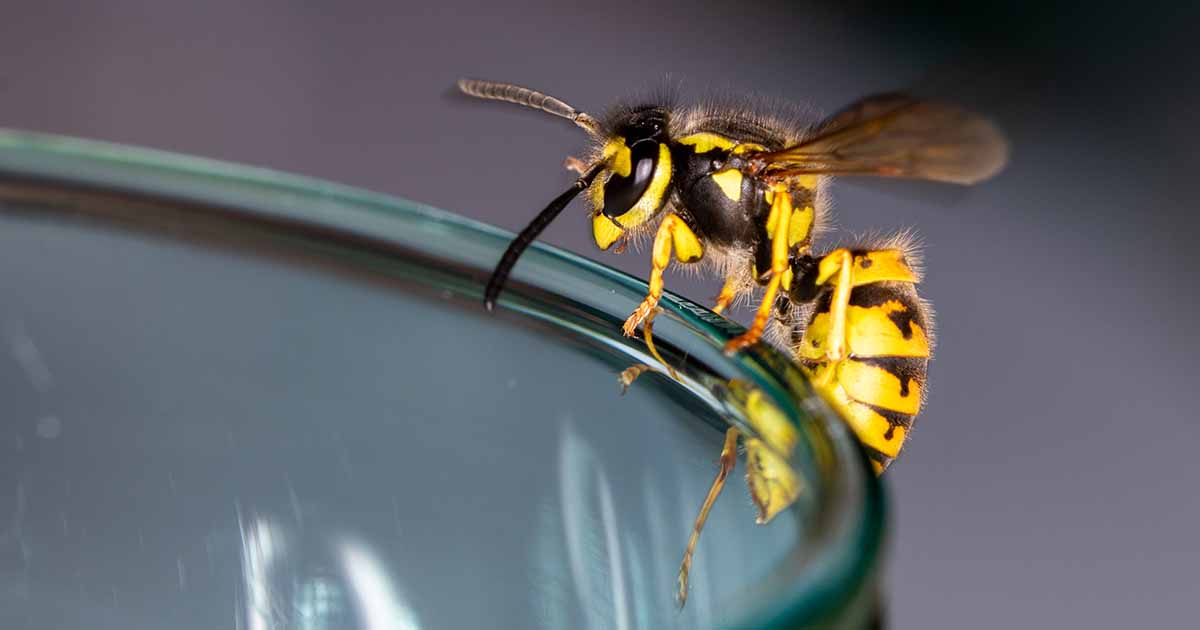
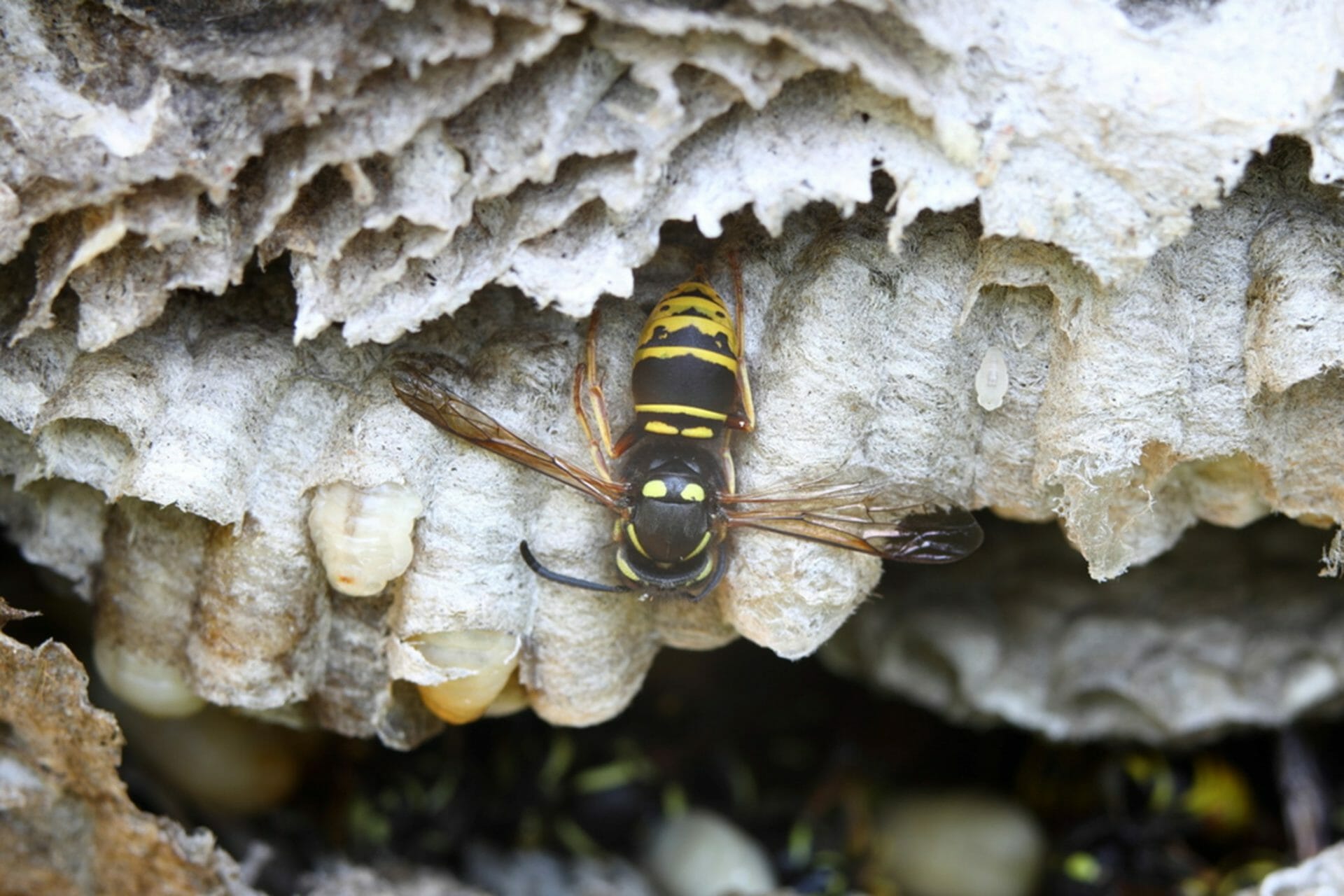
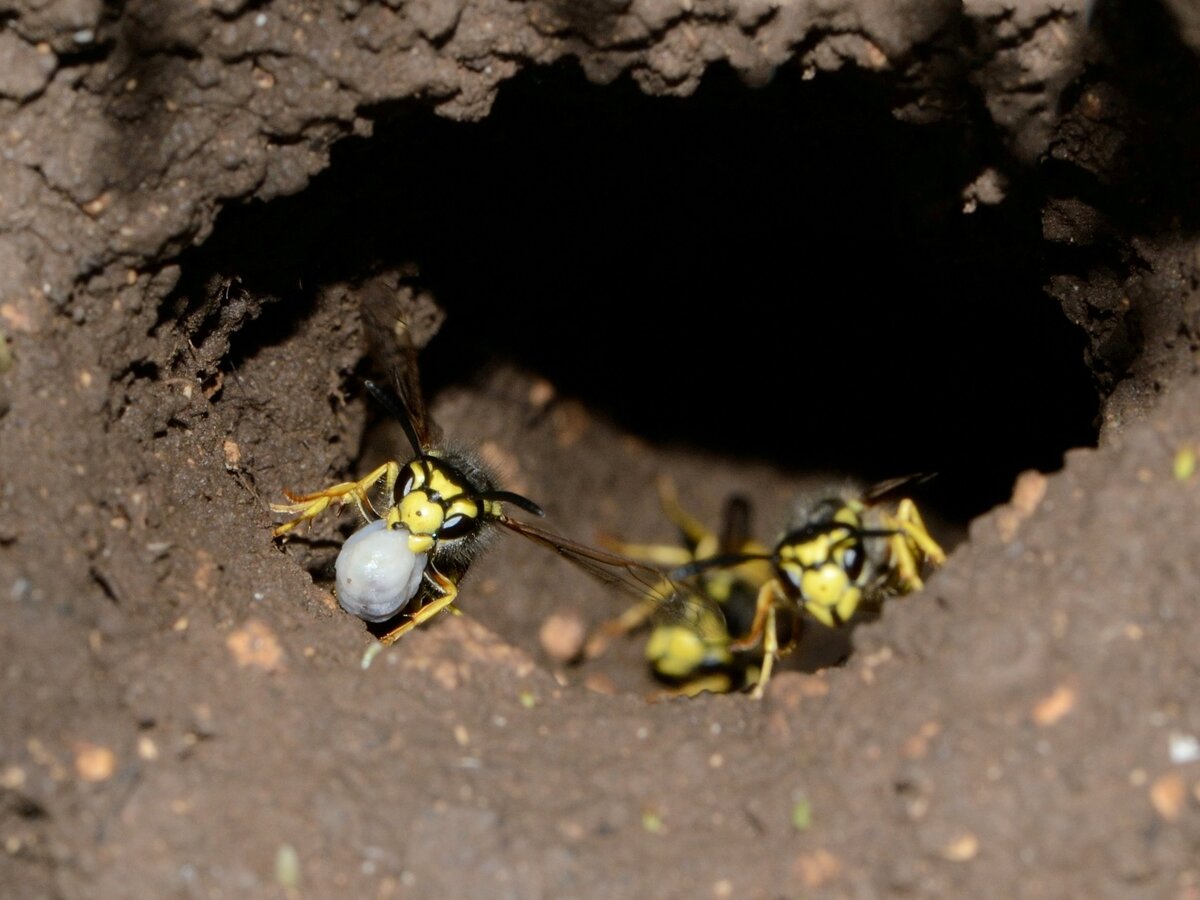
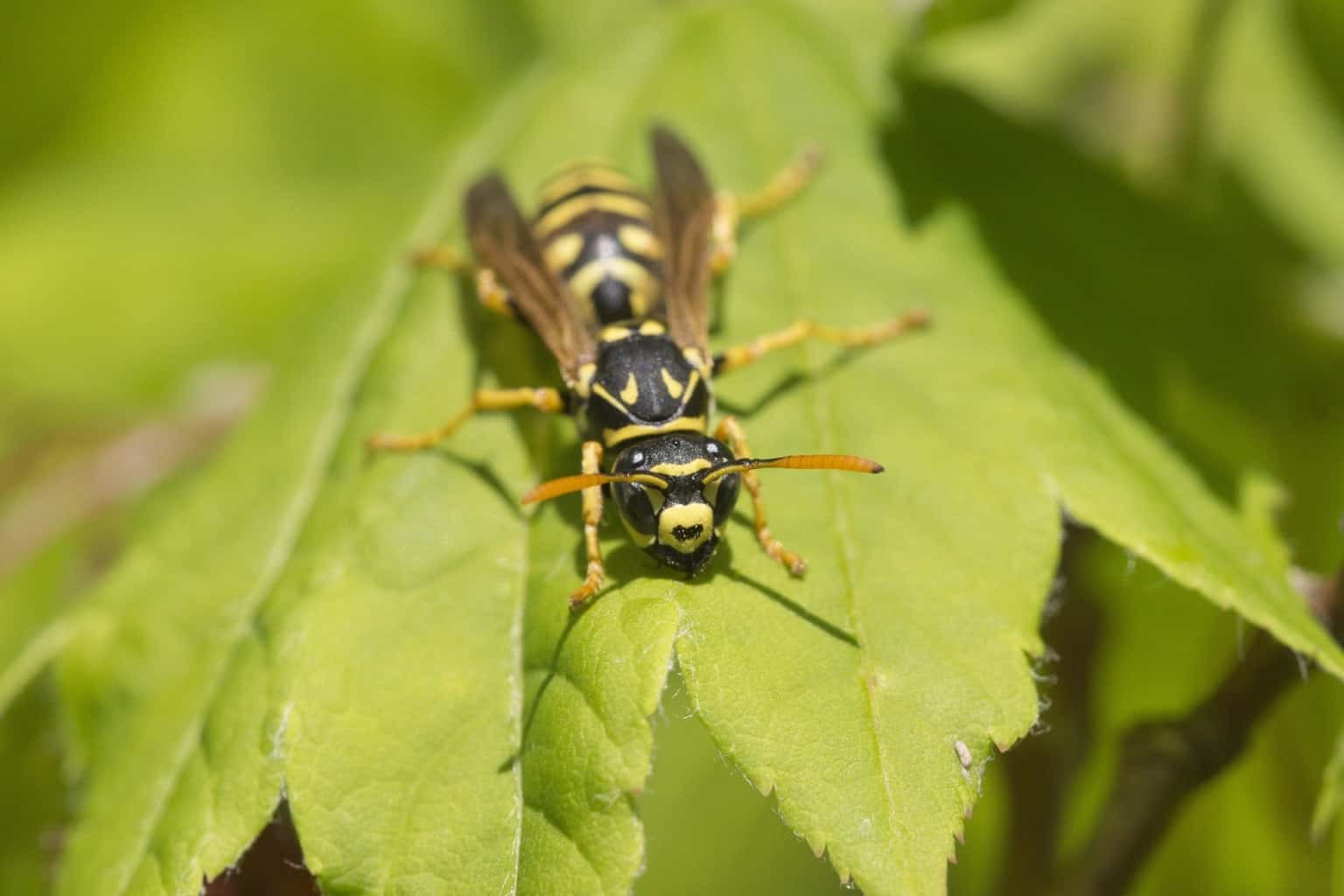
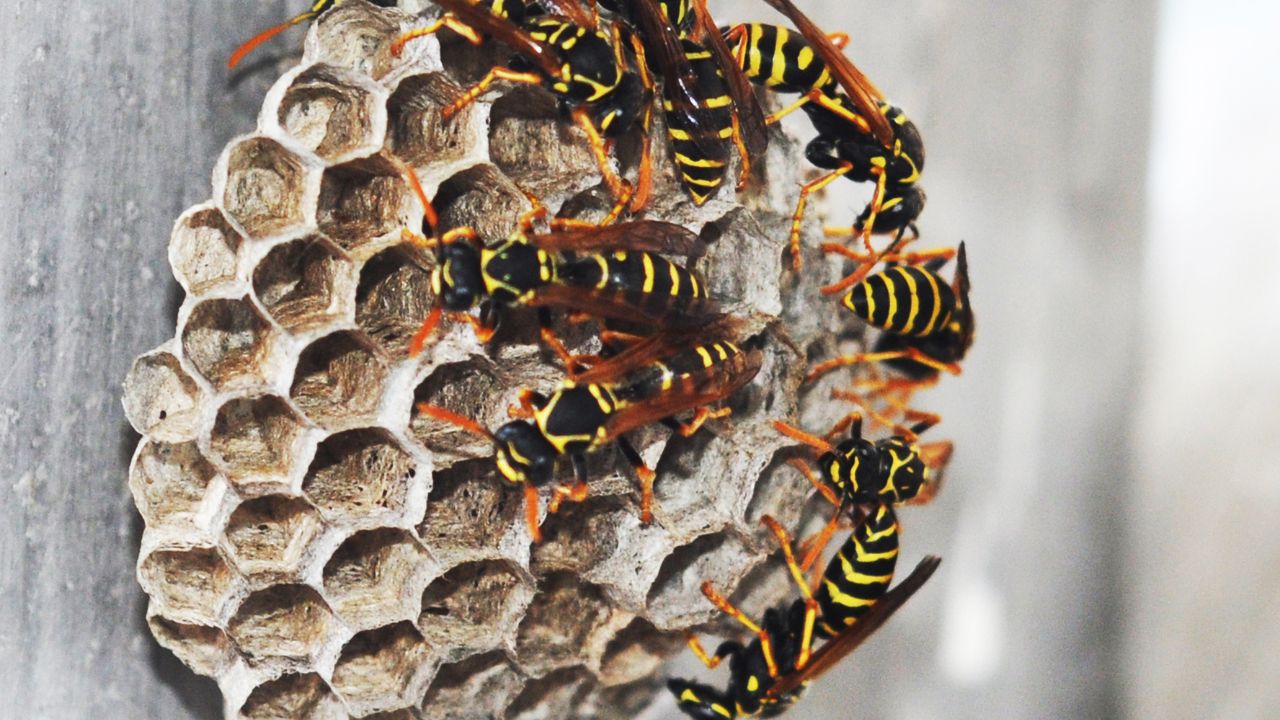


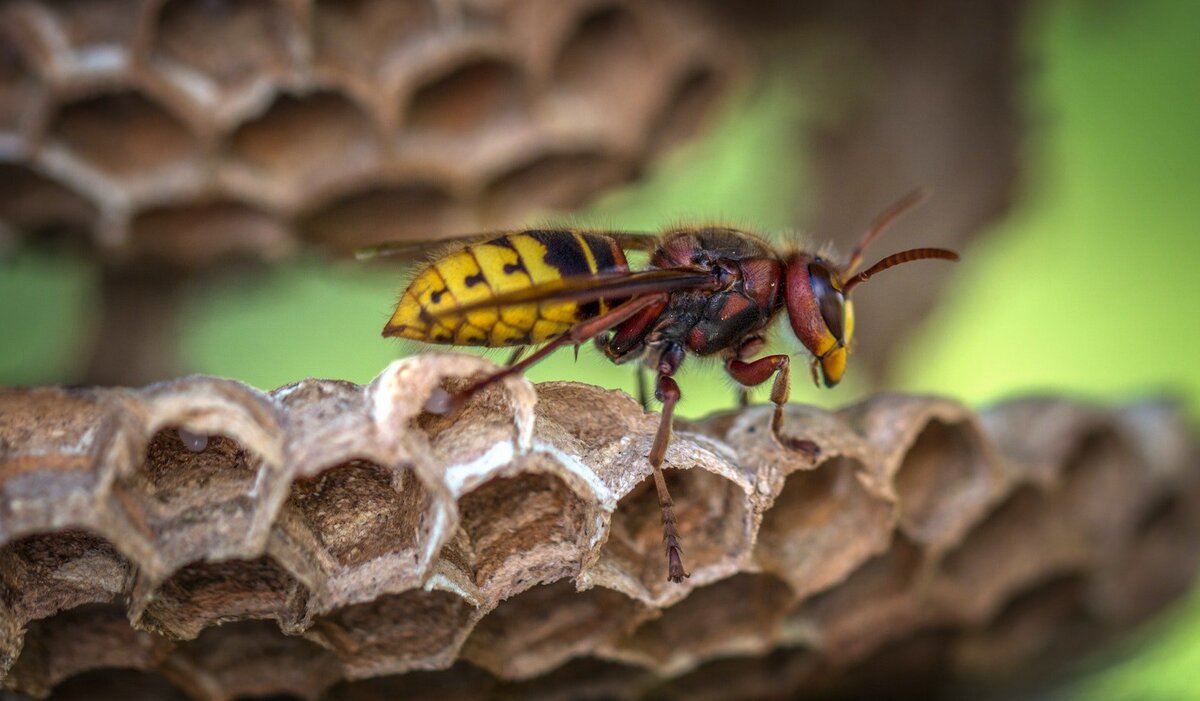
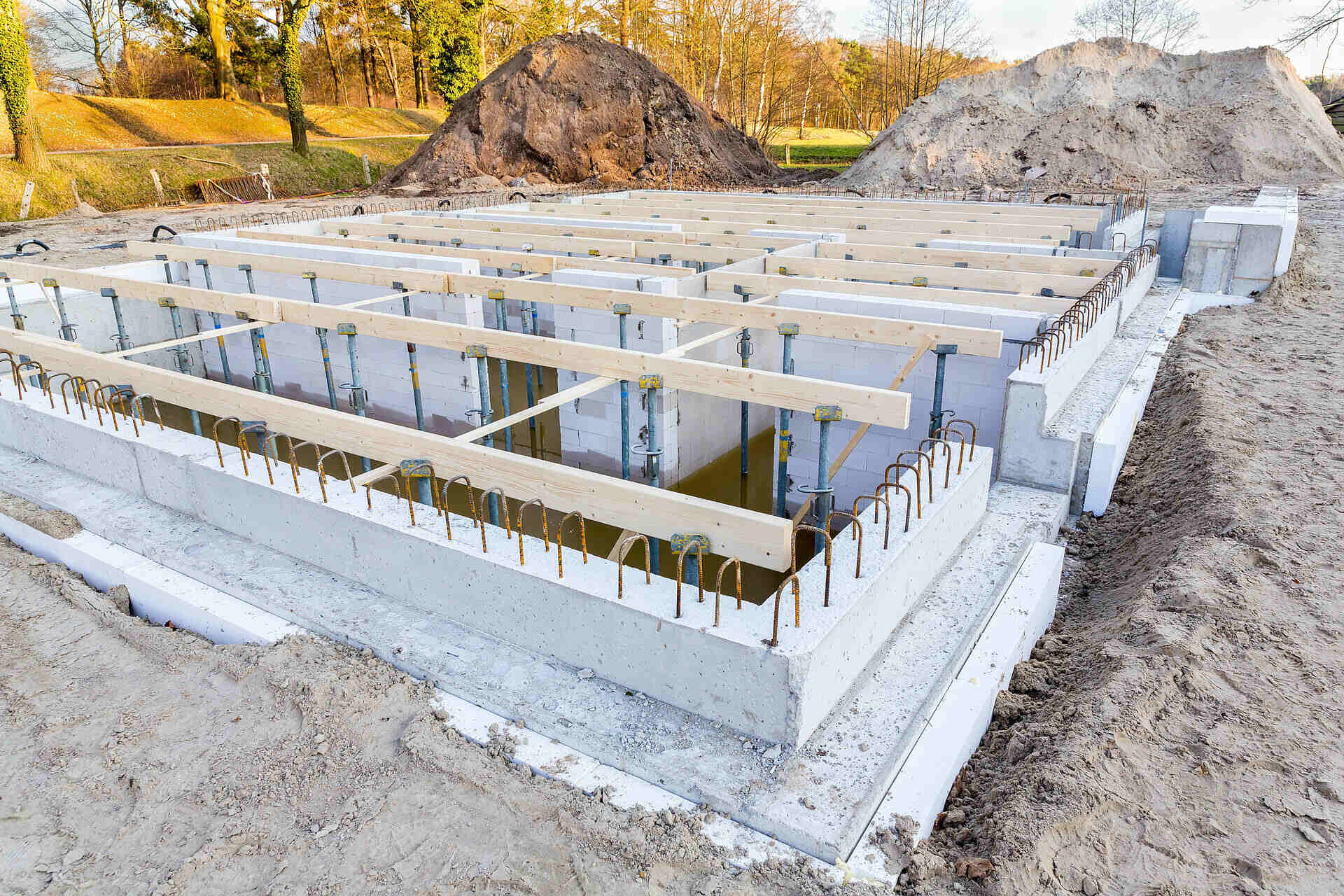
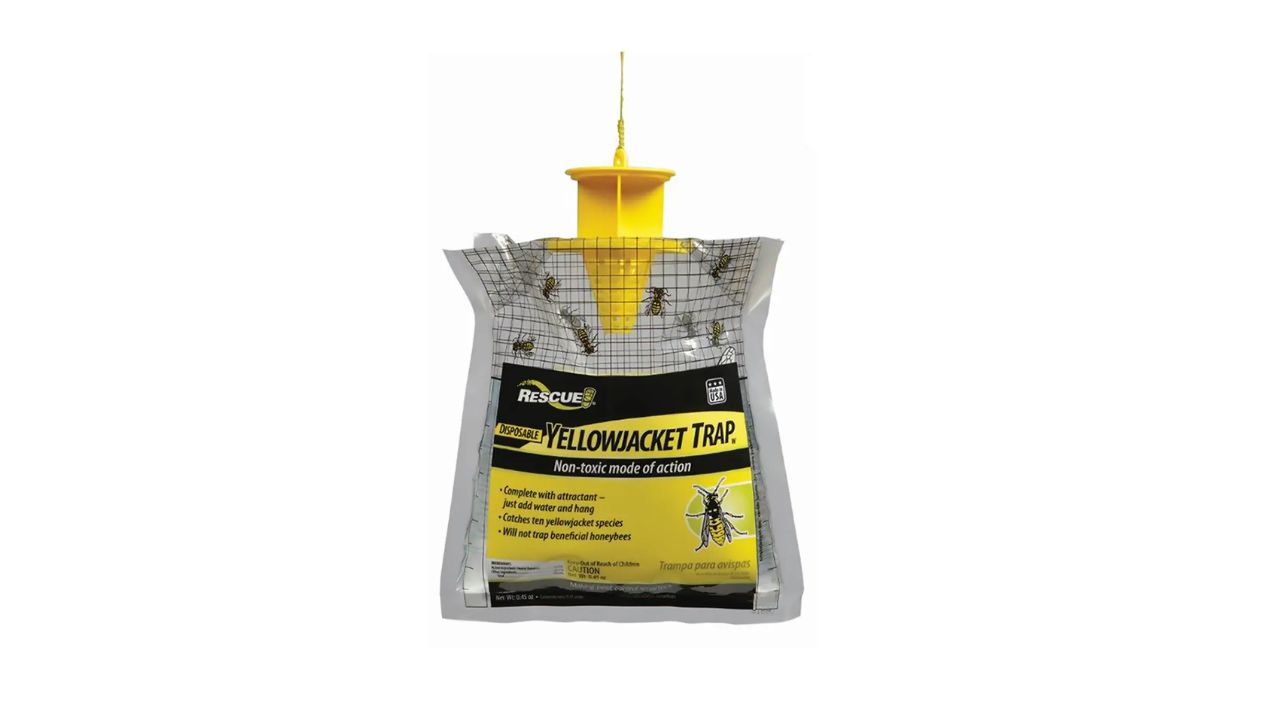
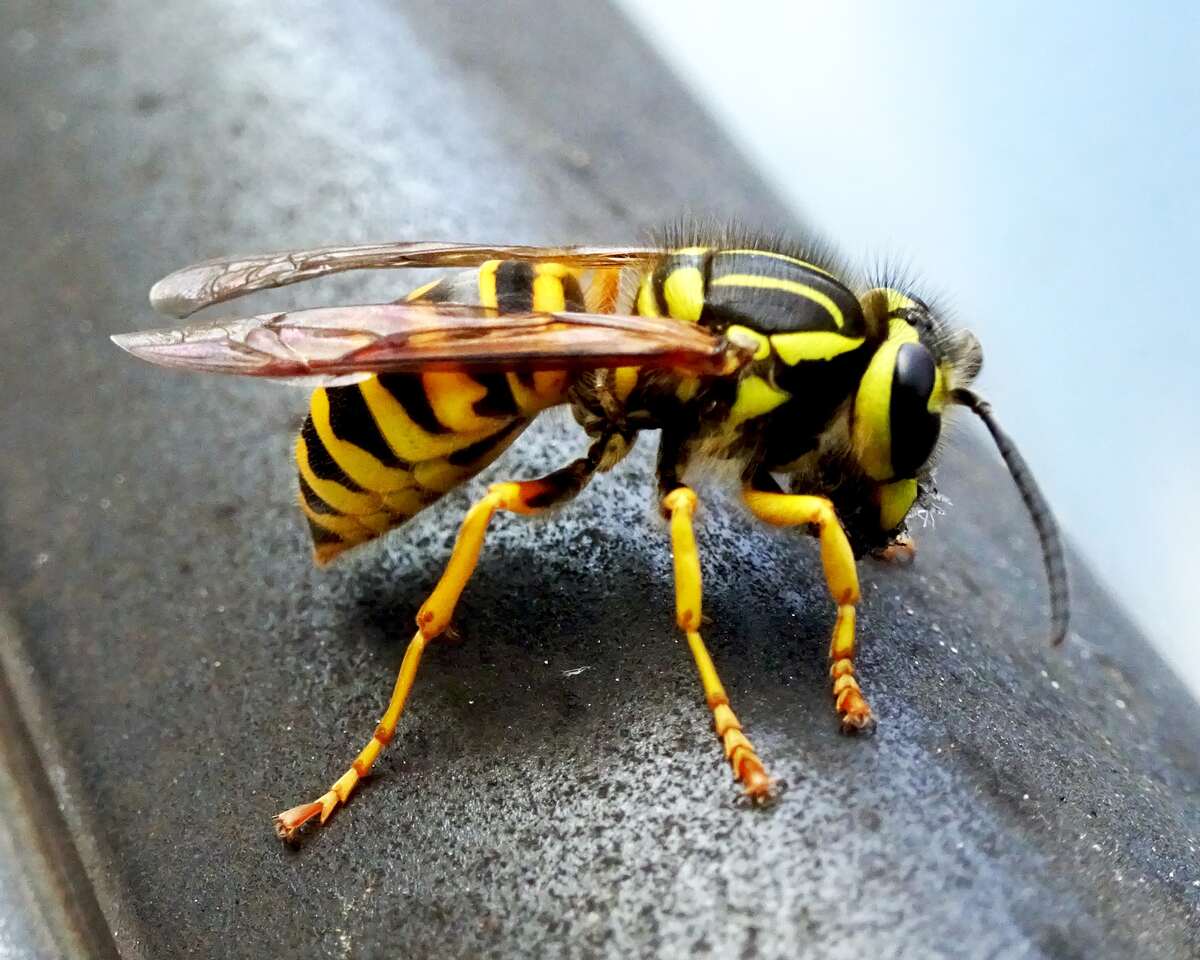
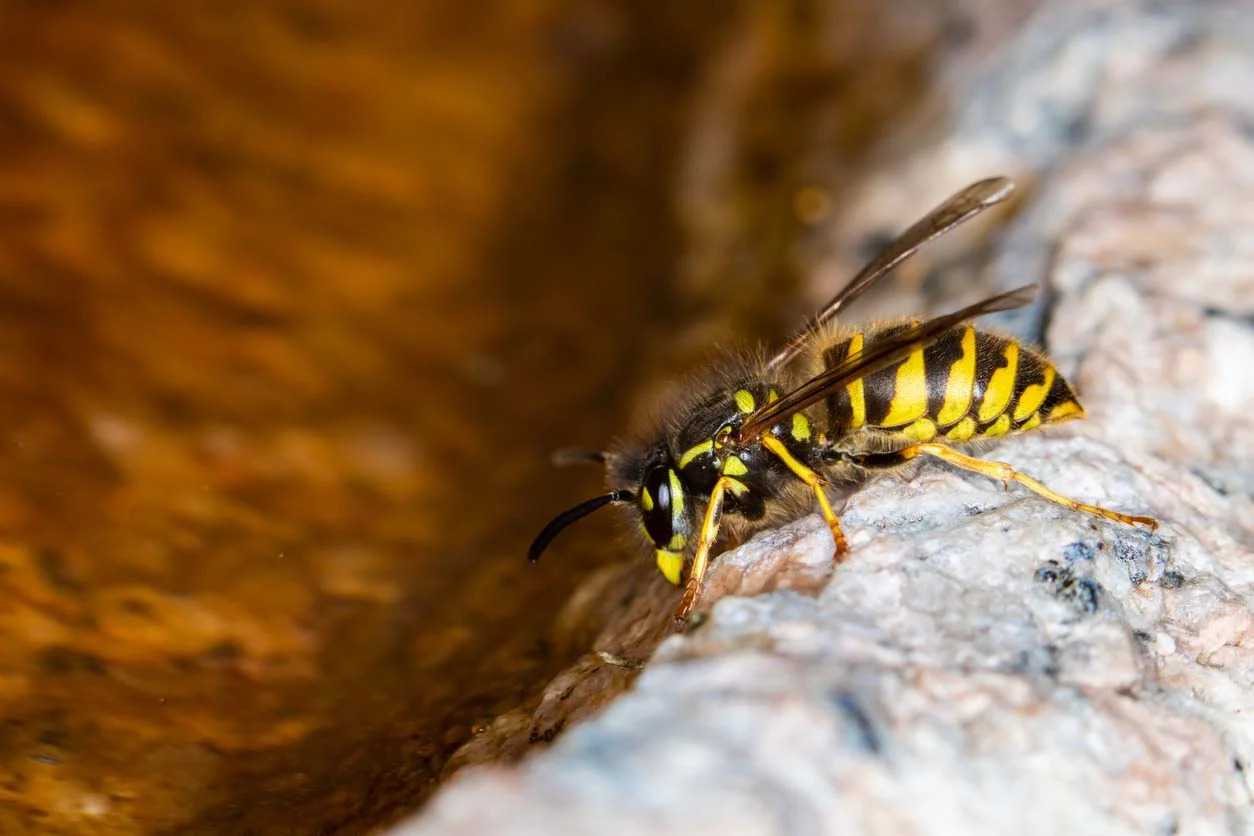
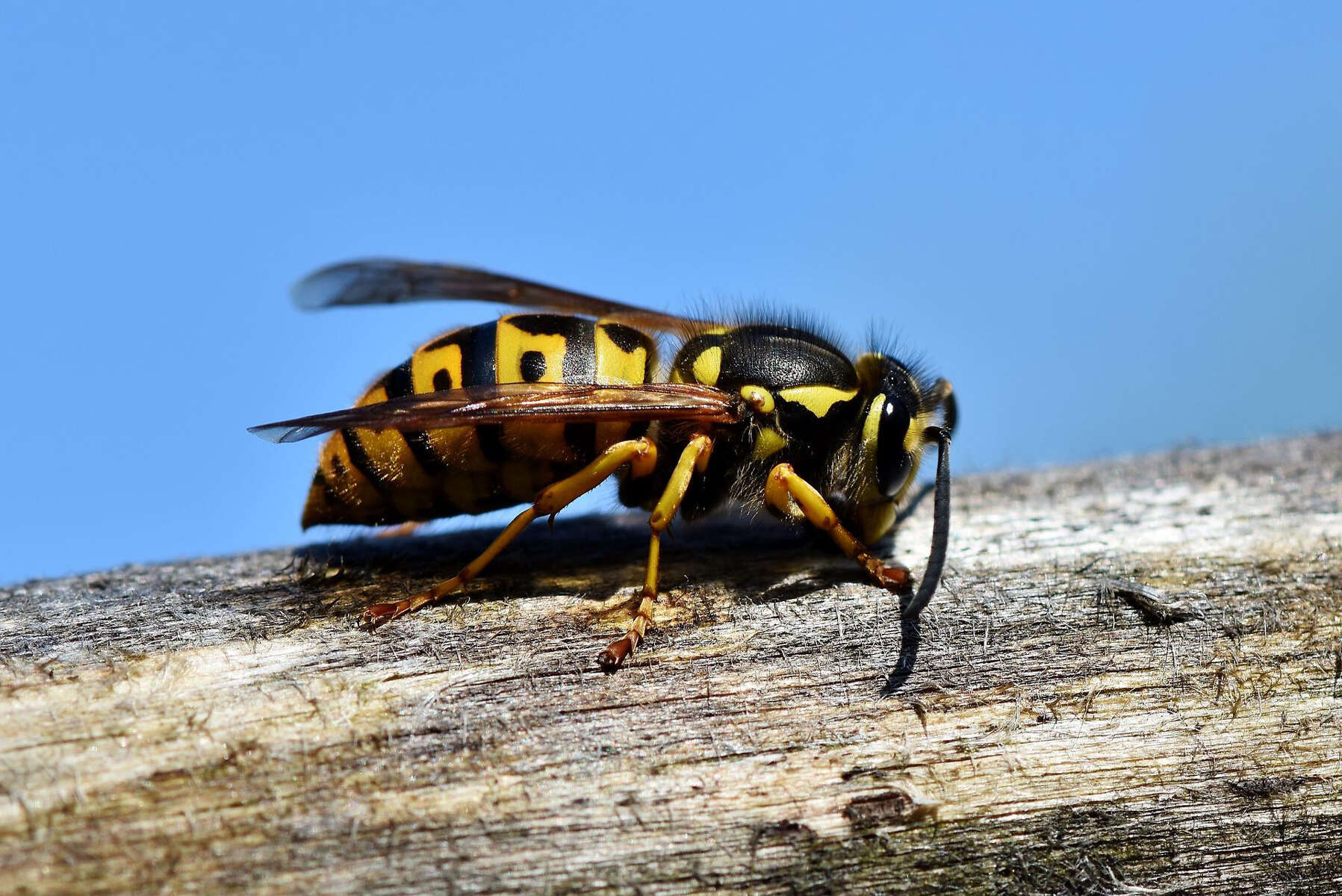
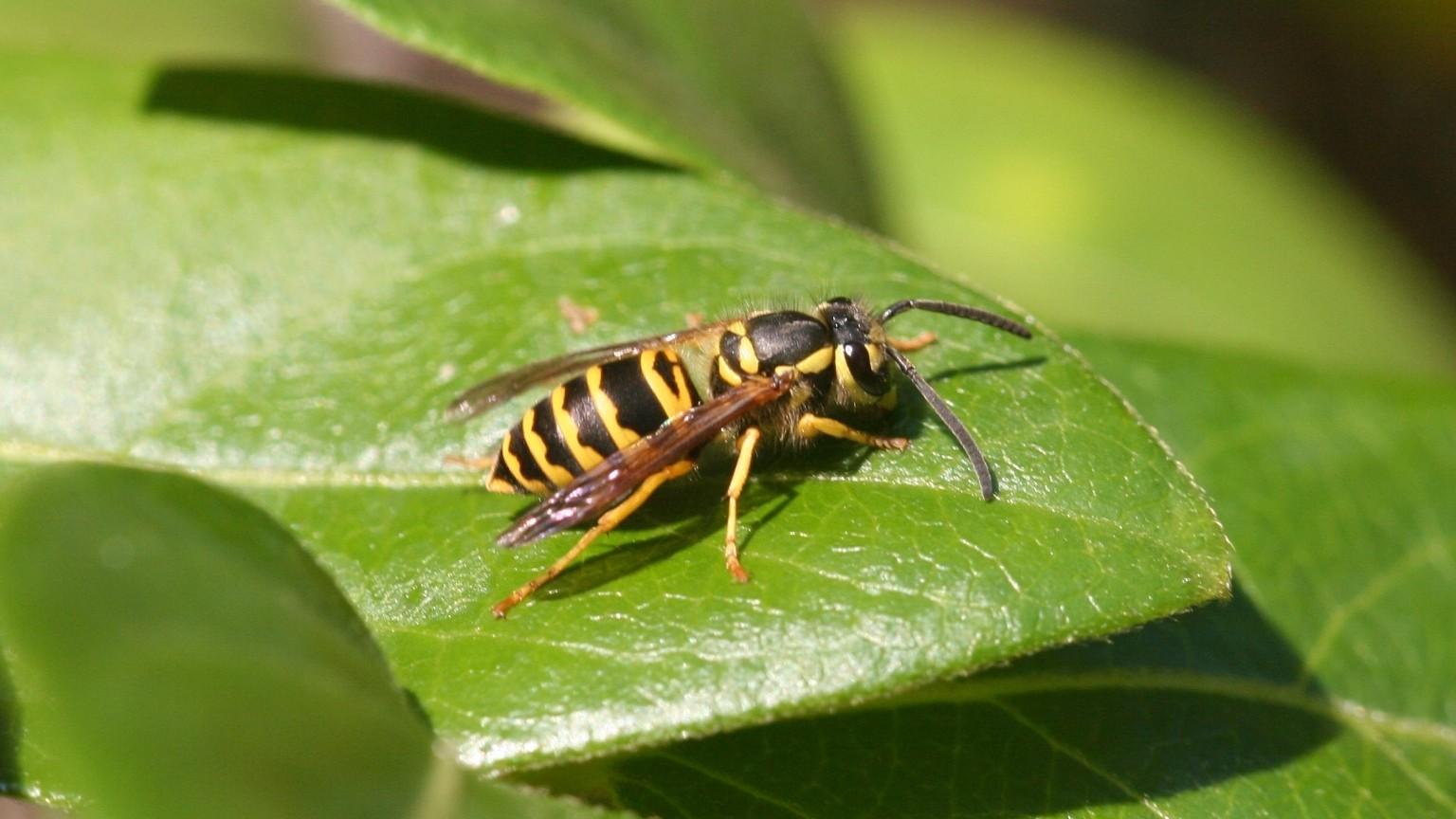

0 thoughts on “How Long Does It Take Yellow Jackets To Build A Nest”